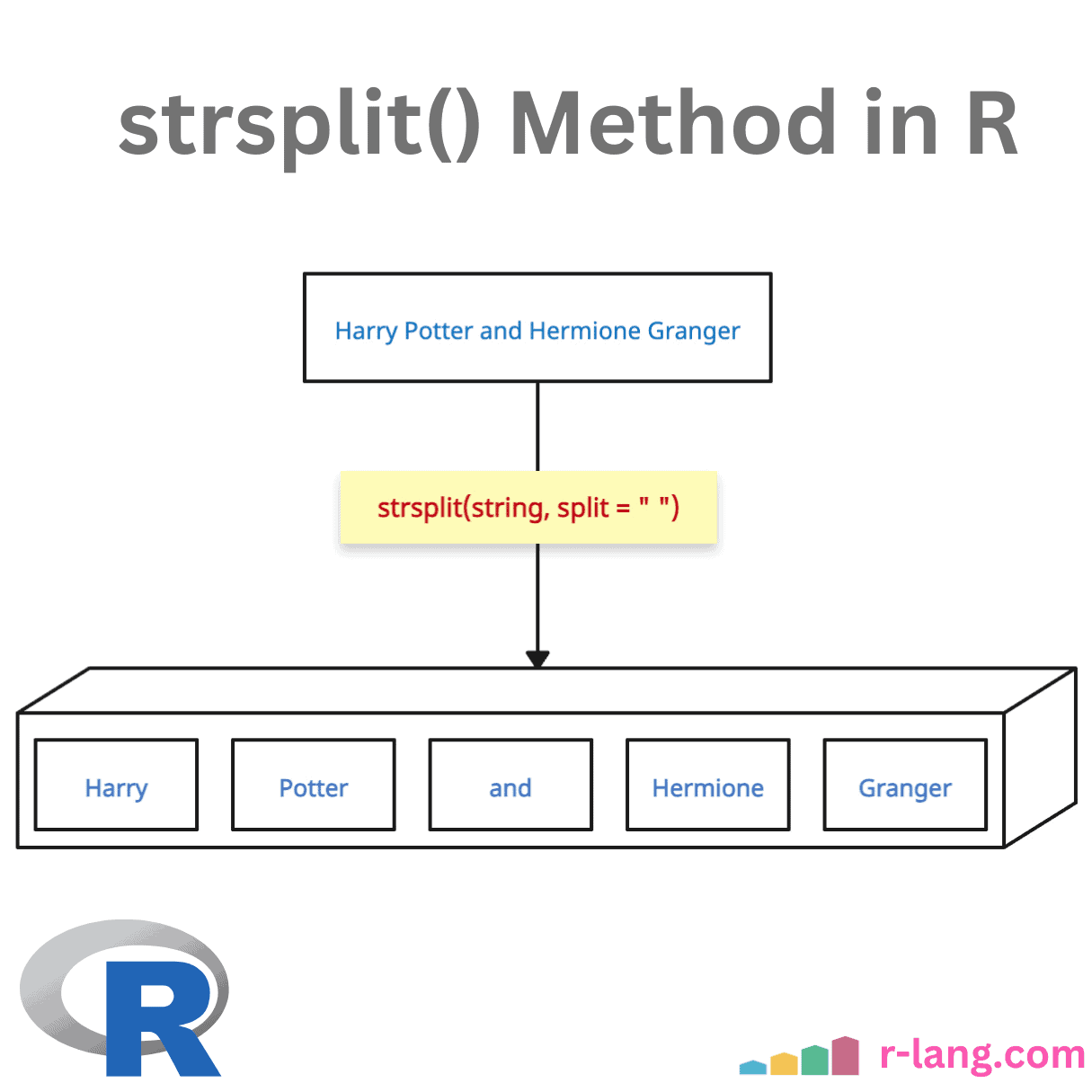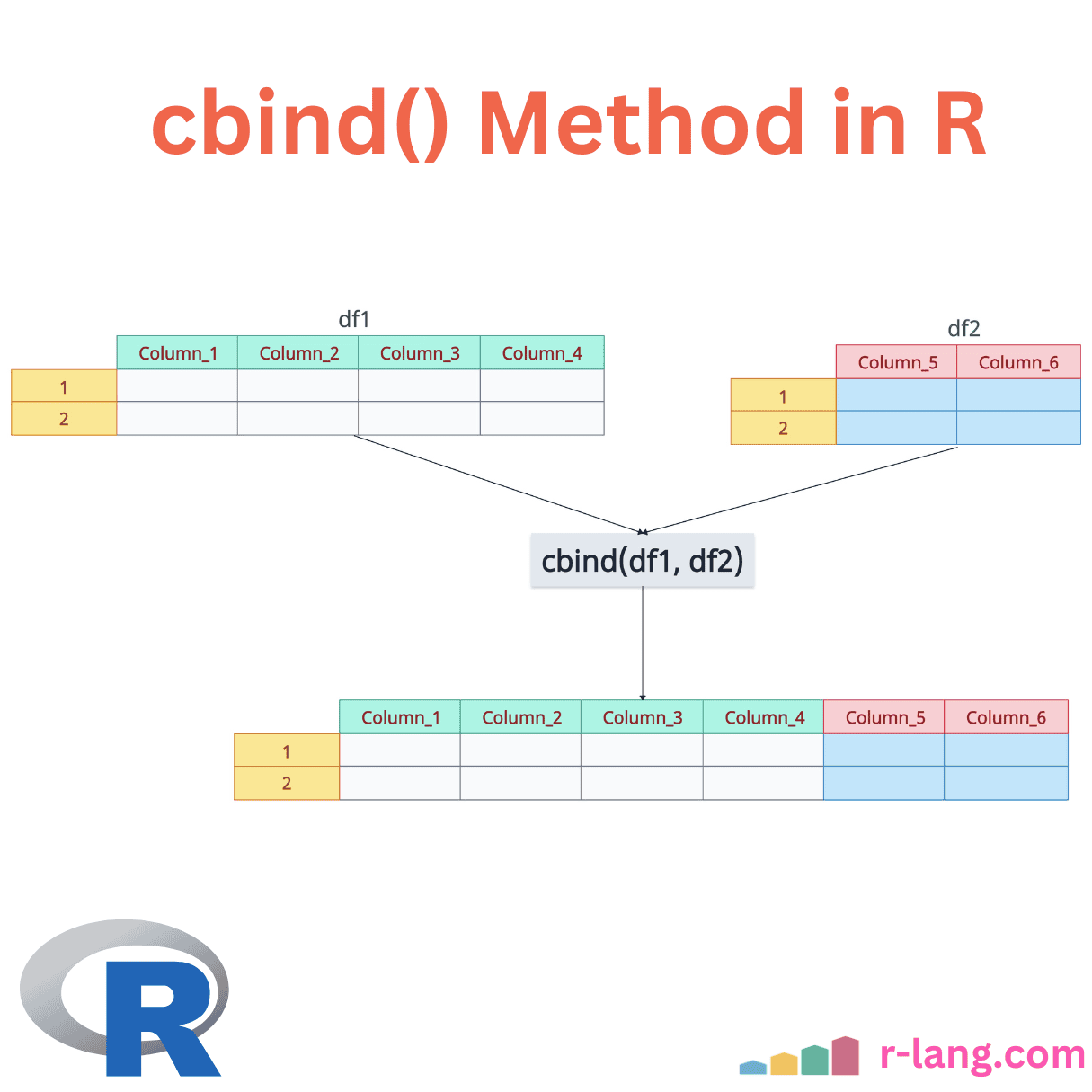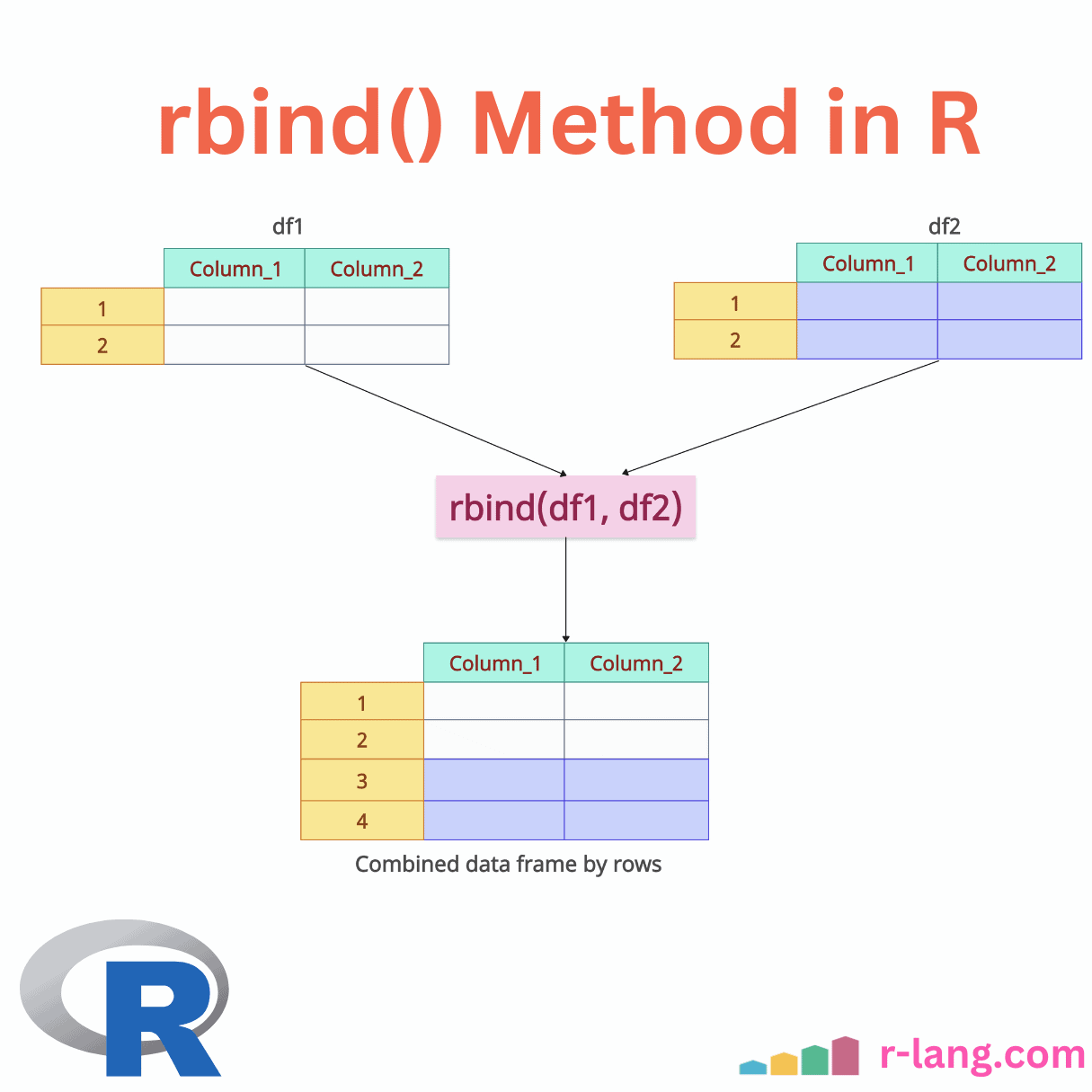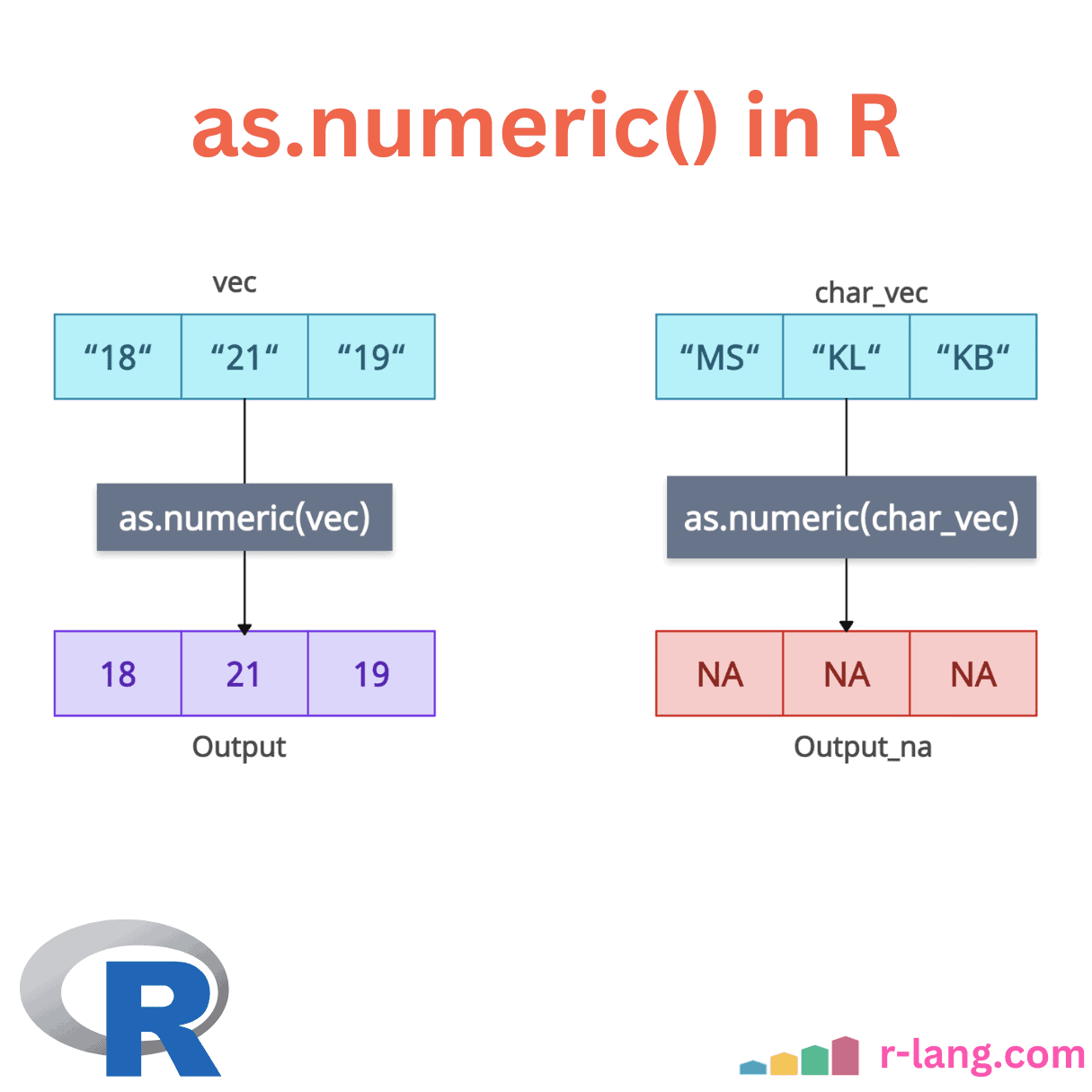Latest Blog Post

Splitting Strings: A Beginner’s Guide to strsplit() in R
The strsplit() function in R splits elements of a character vector into a list of …

Understanding of rnorm() Function in R
The rnorm() method in R generates random numbers from a normal (Gaussian) distribution, which is …

as.factor() in R: Converting a Vector to Categorical Data
The as.factor() function in R converts a vector object into a factor. Factors store unique …

cbind() Function: Binding R Objects by Columns
R cbind (column bind) is a function that combines specified vectors, matrices, or data frames …

rbind() Function: Binding Rows in R
The rbind() function combines R objects, such as vectors, matrices, or data frames, by rows. …

as.numeric(): Converting to Numeric Values in R
The as.numeric() function in R converts valid non-numeric data into numeric data. What do I …
